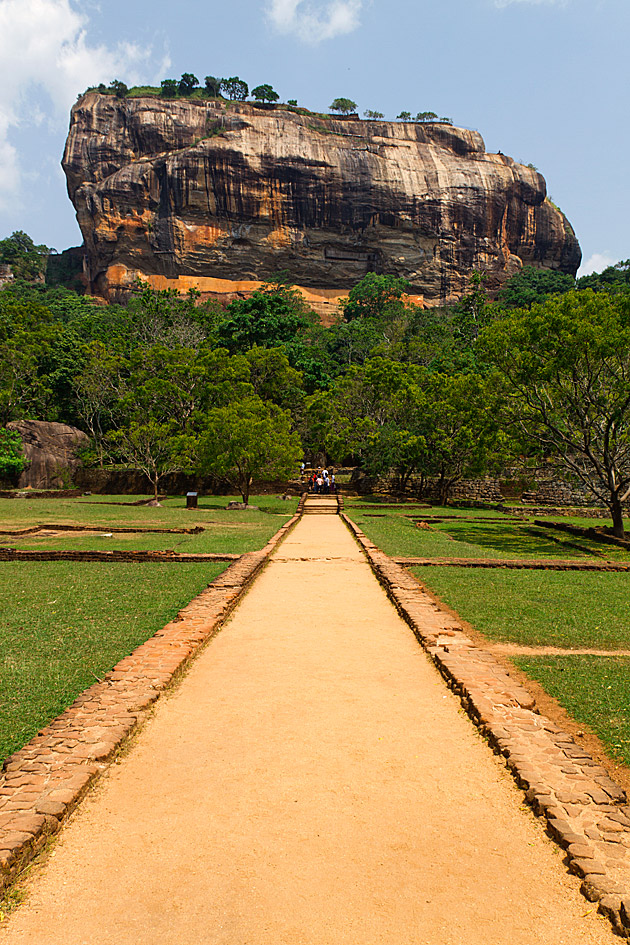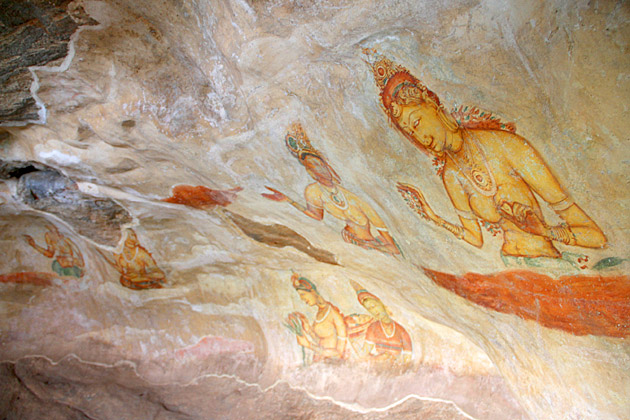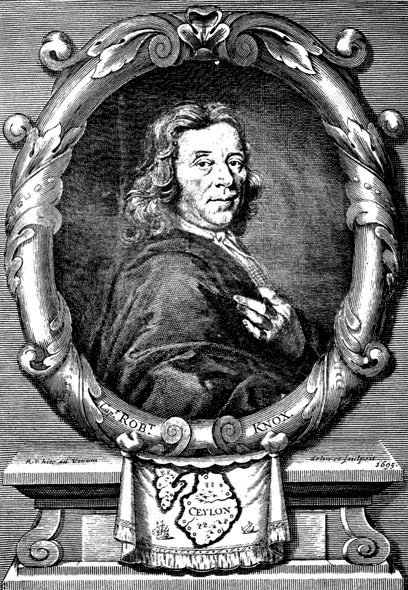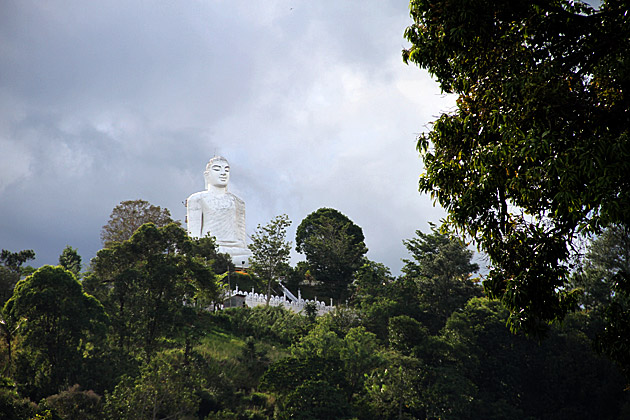The Story of Sigiriya
Prince Kassapa had always harbored a secret jealousy towards his half-brother Moggallana. Upon the demise of their father, King Dhatusena, the throne would surely pass to Moggallana, whose mother was the Royal Consort. Kassapa, on the other hand, had been born of a common concubine. But he was not the sort of youth to resign himself to his fate. “No”, he told himself in the palace at Anuradhapura one dark evening in 473 AD. “No, the throne must be mine“!
And so it came to pass. Kassapa secretly gathered the support of the King’s General, and then murdered his father by burying him alive. The next move was simple: dispose of the rightful heir. But Prince Moggallana, aware of the danger to his life, had fled with his men to Southern India, leaving the Kingdom of Anuradhapura in the hands of Kassapa.
Like most conspiratorial usurpers, Kassapa was a paranoid ruler who lived in constant fear of his brother’s inevitable return. He worried about low-lying Anuradhapura’s lack of natural defenses and resolved to move his royal city to a more secure place. A place which would be safe, even were Moggallana to return with thousands of men and hundreds of elephants. Kassapa found such a place 50 kilometers to the south, on the top of Sigiriya Rock.

Construction on the King’s new home lasted seven years. Stairs were cut into the rock, whose face raises straight up for over a thousand feet, and the materials required for his royal palace were brought up piece by piece. From the top of Sigiriya, King Kassapa enjoyed a commanding view. In front of the rock, a breathtaking pleasure garden was installed, while his loyal subjects settled the land immediately behind. Here, from the top of his impregnable fortress, he waited for his brother’s return. “The Rightful King”, he sneered. He must return!
Moggallana didn’t keep Kassapa waiting for long. In 491, the legitimate heir to the throne returned from India, and strode into sight of Sigiriya Rock. Despite the effort it had taken to construct a palace safe from attack, Kassapa mustered his courage and, atop his war elephant, led his men into battle.
Unfortunately for him, Moggallana was a clever tactician. His men had softened the ground which the defending army would be crossing and, when Kassapa’s elephant reached the unsteady, muddy earth, it hesitated and began to back up. The King’s men saw him backpedaling and assumed that he had lost his nerve. They retreated for the safety of the rock, and left Kassapa alone. Seeing that his fate was sealed, the King dismounted his elephant, raised his sword, and brought it down into his own belly.
Sigiriya was the capital of Sri Lanka for fourteen years.




Hi guys! thanks for posting this photo! It finally resolved my problem of identification of the mountain i saw on this lankian rupee note: http://www.mypivots.com/images/banknotes/lkr-100-sri-lankan-rupees-1.jpgDo they still circulate? I mean it looks like the local Central bank has released a new series of banknotes in 2011. Did they already substitute the previous ones? These new ones are quite curious too. on the obverse they feature various dancing groups and musicians. like Bharatanatyam dancer and a Mridangam drummer at a 100. And “guard stones” (WTF is that??). Did you actually see them performing/standing anywhere in Sri Lanka? They all are here at the Bank’s website – http://www.cbsl.gov.lk/htm/english/06_cm/c_4.htmlP.s. an immodest wish: you guys sometimes travel to quite an exotic countries and i am sure there is more to come. Could you on your spare time, say, when it’s raining outside, take some pictures of the exotic money you encounter? The thing is decent images of those are hard to find, if possible at all. Thousands of numismatics and bonistics fans will be enormously indebted to you.Thank you and good luck with your travels!Denis
Denis,A Guard Stone or a “Mura Gala” is a plaque of a rock carved sculpture usually found on the two sides of the entrance to an ancient religious building or building associated with the royalty or a royal/religious ponds. It’s usually a square shaped slab of stone but semi circular at the top.You can see plenty of picture evidence in this very travel blog of Jürgen’s and Mike’s.Image numbers 1,14,16 of https://srilanka.for91days.com/2012/03/12/echoes-of-the-past-anuradhapuras-ruins/Image numbers 10,11 of https://srilanka.for91days.com/2012/03/06/anuradhapura-the-ancient-capital-of-sri-lanka/Image numbers 4,5,15,28 of https://srilanka.for91days.com/2012/03/14/a-day-at-the-abhayagiri-monastery/Image number 29 of this report which Jürgen and Mike has captured at the main entrance of “Ratna Prasada” at Abhayagiriya is considered the most pristine and pinnacle of the Guard stones found in the Anuradhapura era.You can visit http://amazinglanka.com/heritage/other/guard_stone.php to get a thorough idea of Guard Stones.
I know of Sigiriya from Arthur C. Clarke’s Fountains of Paradise. It’s the main setting of much of the book, and his amazing descriptions led me to Googling Sigiriya before I even knew where it was. A highly recommended book if you haven’t read it, and if you get a chance to climb the stone stairs and see some of the paintings first hand, do so.
Thanks for that note, Tatiana! We had no idea this was the setting for one of Mr. Clarke’s books — my dad is a huge fan of his. I’ll have to hunt down the book… having visited the rock, it will probably even be more interesting!
Yes it’s a must read, it talks extensively and poetically about the female frescoes, and the relocated monks play a part as well. I’m pretty sure Arthur C. Clarke spent a fair bit of time in Sri Lanka in his later years, and definitely had a soft spot for Sigiriya. It’s one place I definitely wish I could teleport myself to.
<a href=https://en.wikipedia.org/wiki/Sigiriya> Sigiriya</a> is also a <a href=http://whc.unesco.org/en/list/202>world heritage site</>.Sir Arthur C. Clark mooted the idea that Sigiriya qualifies to be the eighth wonder of the world and location of the the <a href=https://en.wikipedia.org/wiki/The_Fountains_of_Paradise>Fountains of Paradise</a> is Sigiriya.
Pingback: The Summit of Sigiriya | For 91 Days in Sri Lanka – Travel Blog